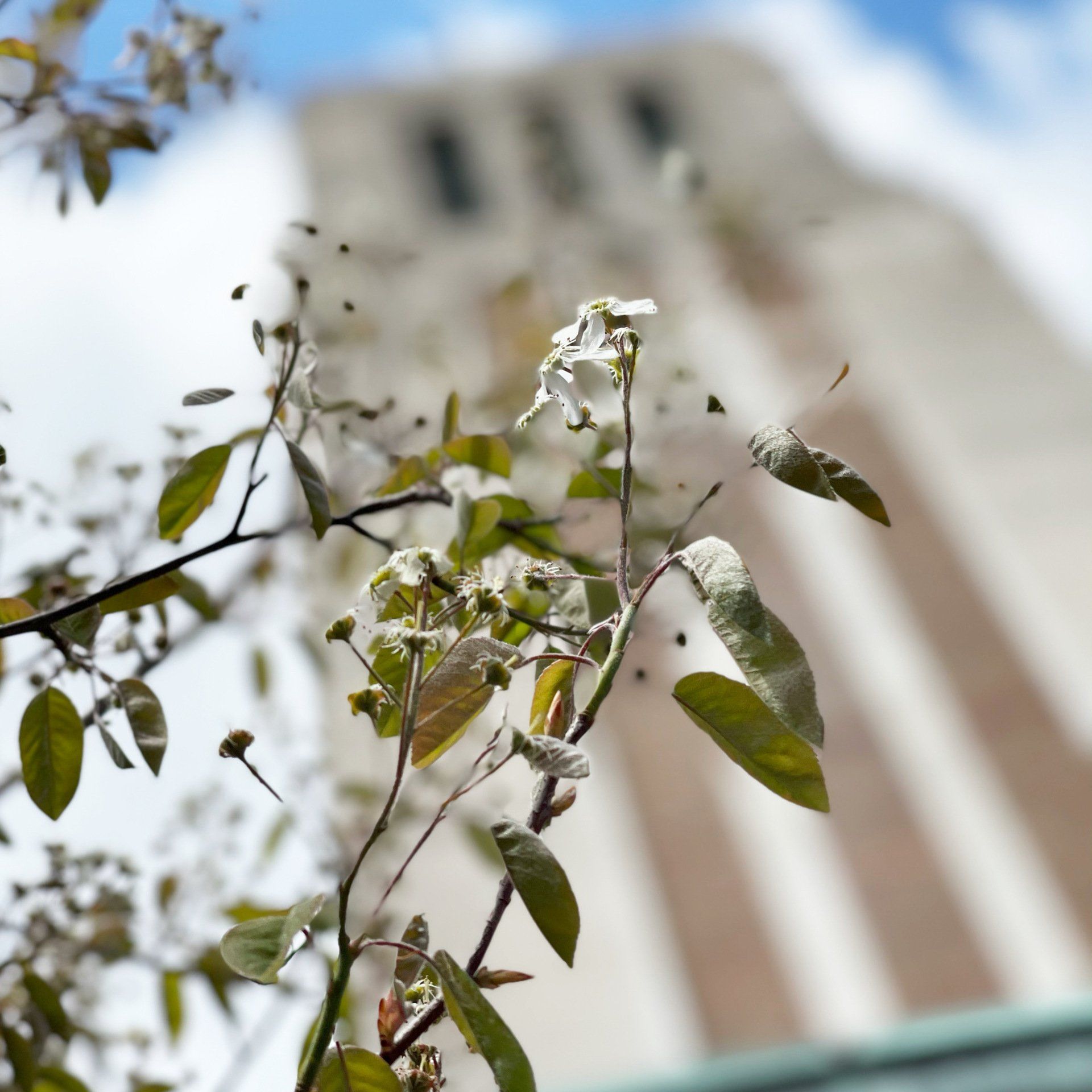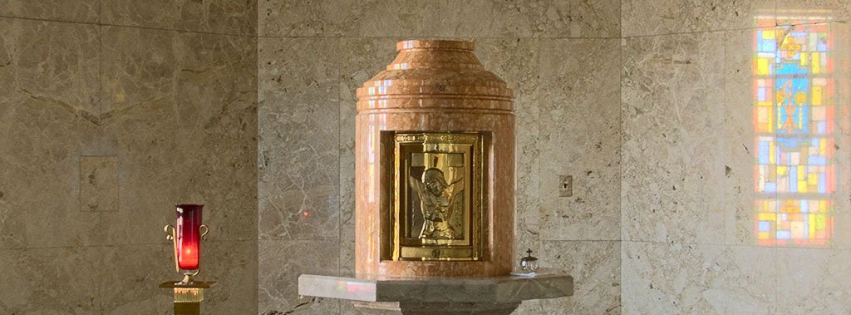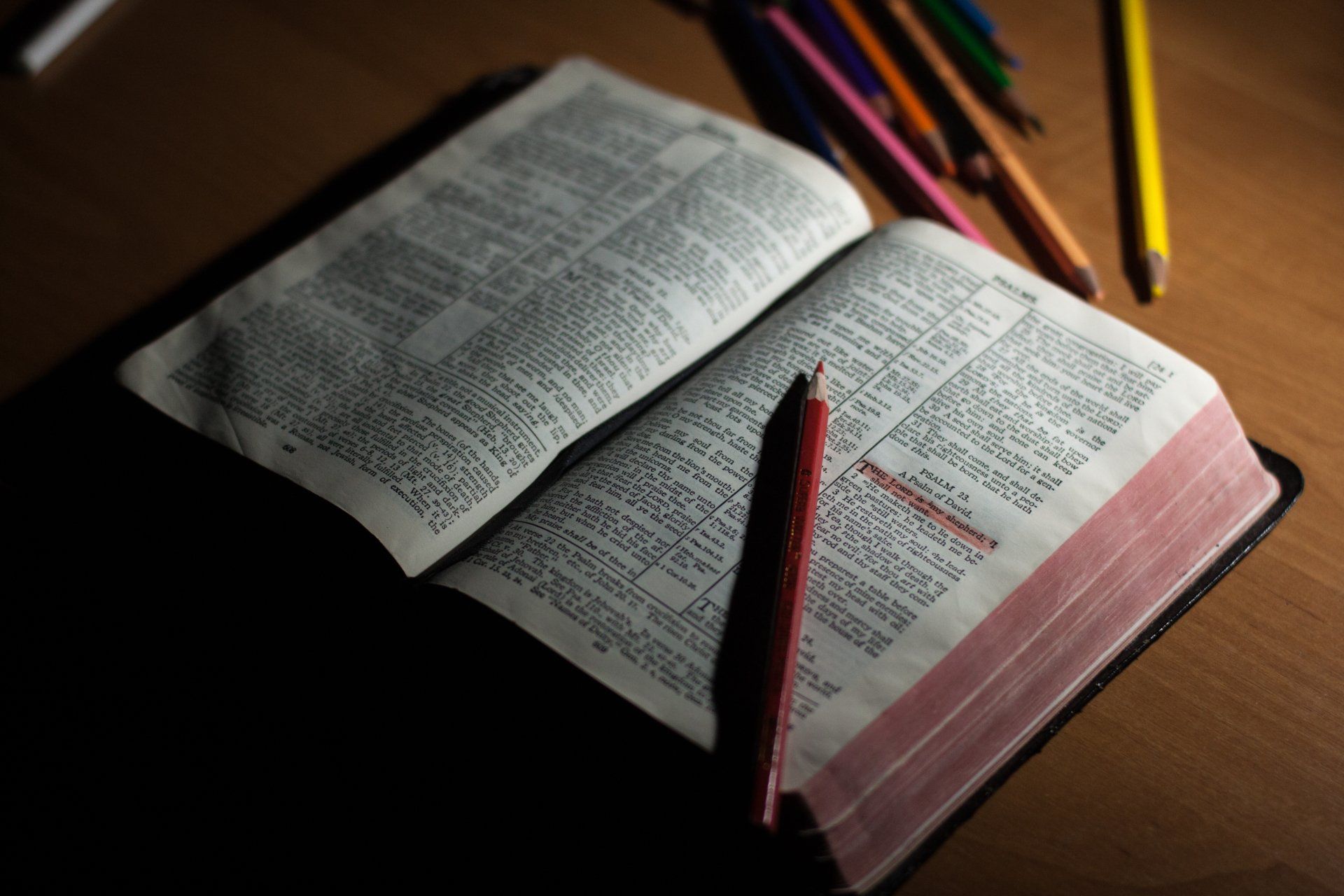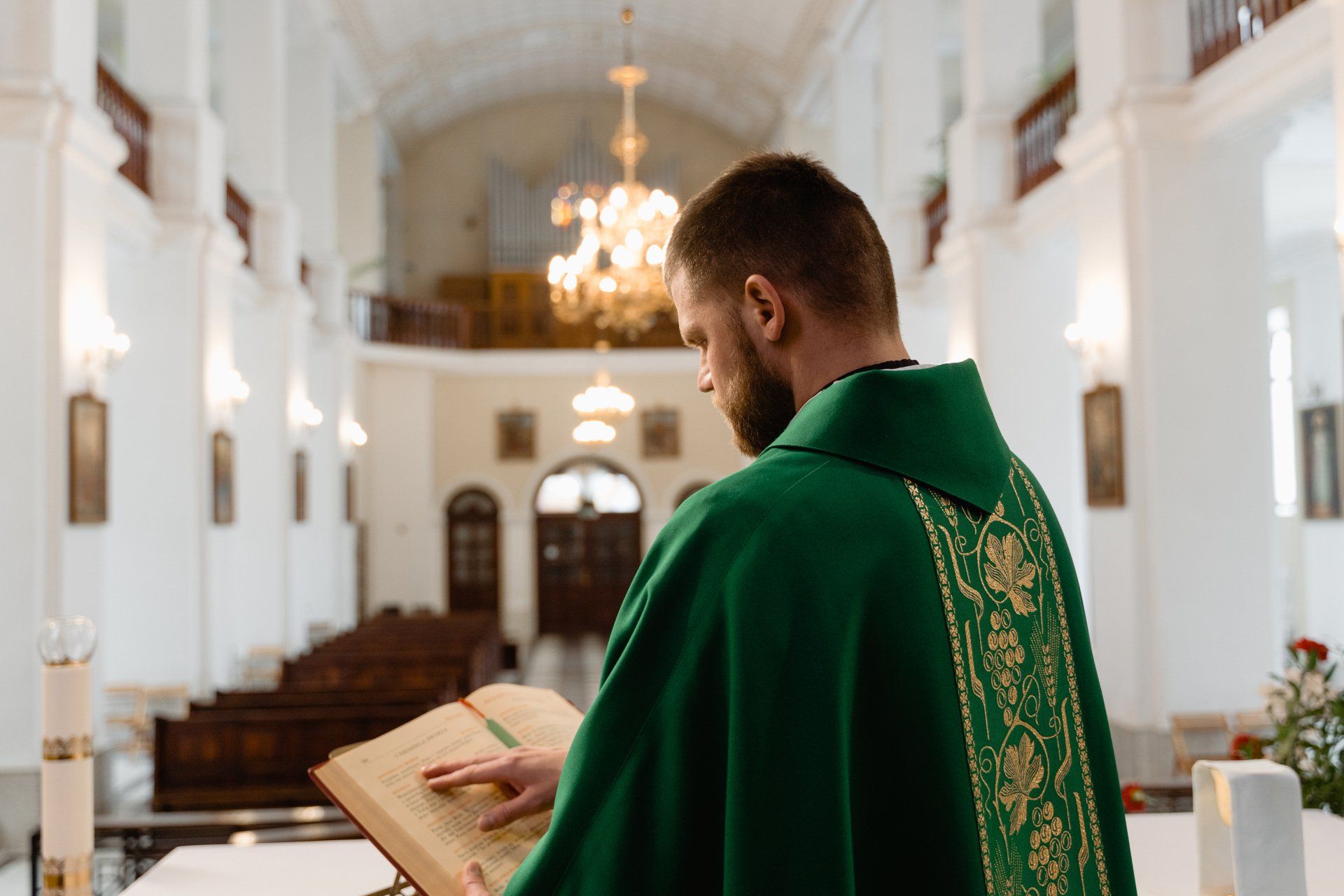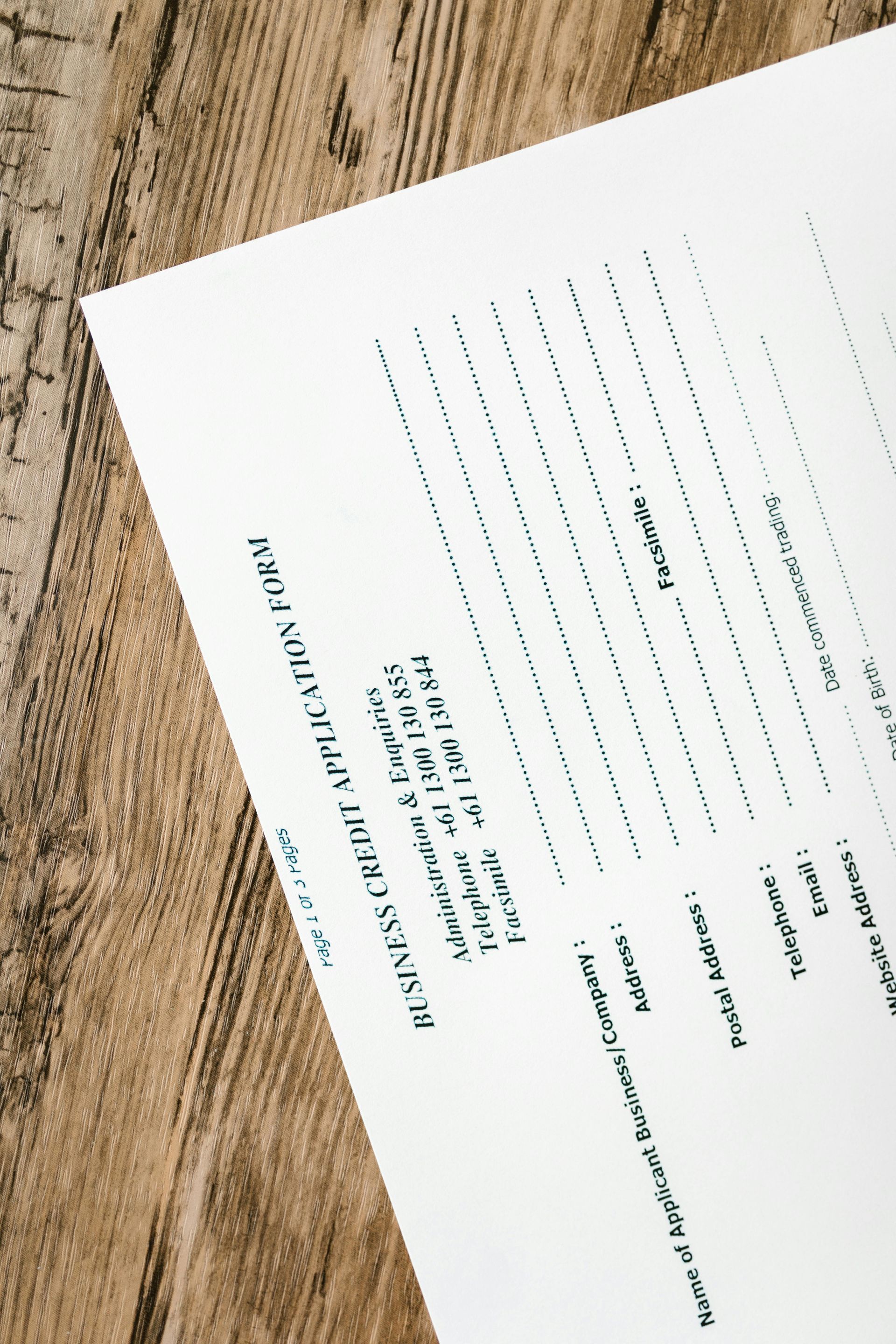Order of Christian Funerals
Vigil /Wake Service (optional)
The Vigil Service (Wake) usually takes place during the period of visitation and viewing at the funeral home. A prayer service is typically led by a Priest or Deacon. It is a time to remember the life of the deceased and to commend him/ her to God. In prayer, we ask God to console us in our grief and give us strength to support one another. Your funeral director can assist in planning the service.
Visitations held at church prior to a funeral Mass will be held in the Narthex (back of the church, as you face the Altar) and is limited to half an hour. There is no gathering in the Narthex or Cathedral. Once guests have paid their respect to the family they will be escorted into the Cathedral.
The Funeral Liturgy
A Funeral Mass is said with the presence of the body/cremated remains. When the body/cremated remains are not present, a Memorial Mass may be celebrated for the deceased. A Funeral Liturgy Outside Mass may be celebrated at the funeral home.
- Introductory Rites
Gathering Hymn and Procession
Reception of the Body
Greeting and Introduction
Sprinkling with Holy Water
Placing of the Pall
Family, friends, or parish representatives drape the casket/urn with a pall, a white cloth that recalls the white garment which the deceased was clothed at baptism.
Entrance Procession / Opening Prayer
- Liturgy of the Word
Old Testament Reading (Please choose one reader. Readings can be found above)
Responsorial Psalm (sung)
New Testament Reading (Please choose one reader)
Alleluia or Gospel Acclamation (sung)
Gospel Reading (priest will chose)
Homily
General Intercessions (Please choose one reader)
It is proper for a lay person to announce the intentions of the Prayer of the Faithful. Sample petitions can be found above; however, you may add others to mention deceased family members, special people who assisted your loved one, or a charity favored by your loved one.
- Liturgy of the Eucharist
Presentation of the Gifts (Wine Cruet and Paten or Ciborium):
It is appropriate for members of the family to carry the gifts of bread and wine for the Eucharist. This symbolizes the offering of ourselves and the offering of the deceased back to God. Usually there are two gift bearers, but there may be
more if the family wishes. Adults and /or children may serve as gift bearers.
Eucharistic Prayer
The Lord's Prayer and the Sign of the Peace
Communion
Prayer after Communion
EULOGIES / Reflection After Communion (5 minute limit):
Before the liturgy commences, a member of the family or a friend may share a remembrance of the deceased. The remembrance should be brief and prepared ahead of time. The Order of Christian Funerals also permits speaking in
remembrance of the decease a the wake for the deceased. This is often a better time to offer multiple remembrances
about the deceased than during the funeral Mass.
- Final Commendation
Song of Farewell
Sprinkling of Holy Water and Incensing
The sprinkling is another reminder of baptism in which the one who has died was claimed for eternal life and
incensation helps mourners express their profound respect for the body as a dwelling place of the Holy Spirit.
Prayer of Commendation
Procession to the Place of Committal and Closing Hymn
"This final procession of the funeral rite mirrors the journey of human life as a pilgrimage to God's kingdom of peace and light, the new and eternal Jerusalem" (Order of Christian Funerals, 148).
The Rite of Committal
The Rite of Committal, the conclusion of the funeral rite, is the final act of the community of faith in caring for the body of its deceased member. It should normally be celebrated at the place of committal, this is ,beside the open grave or place of interment. In committing the body to its resting place, the community expresses the hope that, with all those who have gone before us marked with the sign of faith, the deceased awaits the glory of the resurrection. At the rite of final commendation and farewell, the community acknowledges the reality of separation and commends the deceased to God. In this way it recognizes the spiritual bond that still exists between the living and the dead and proclaims its belief that all the faithful will be raised up and reunited in the new heavens and new earth, where death will be no more. (OCF, 6).




